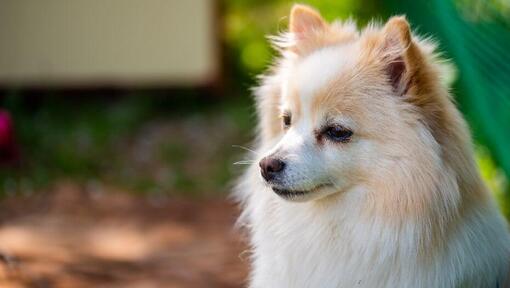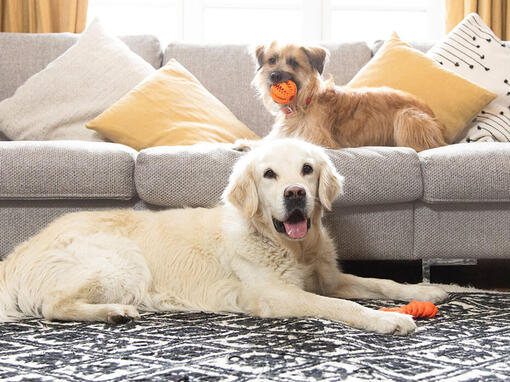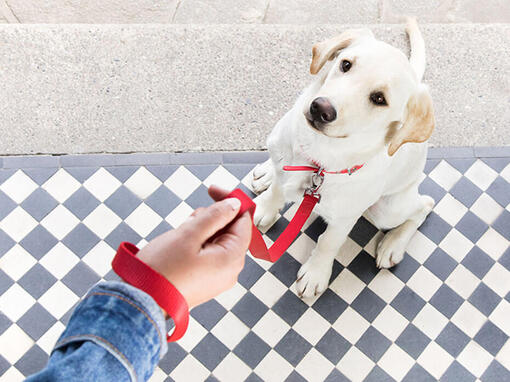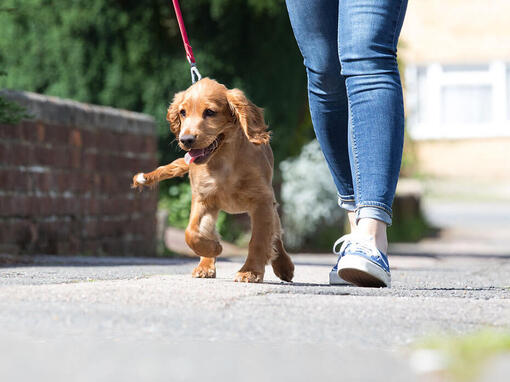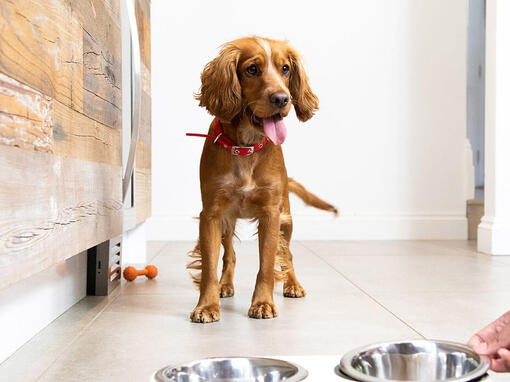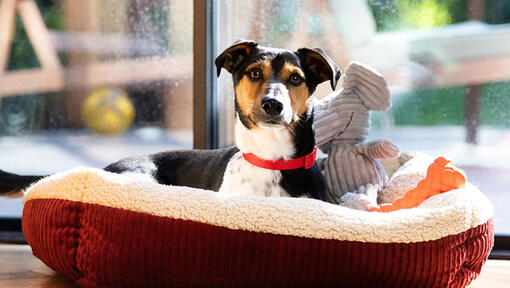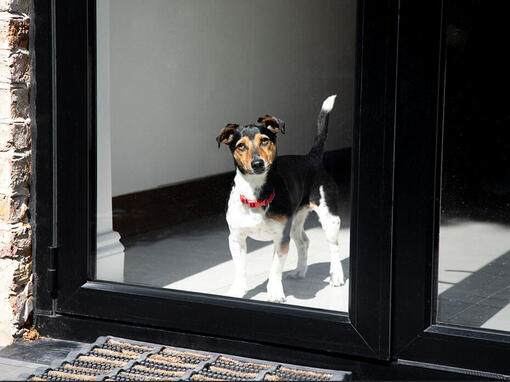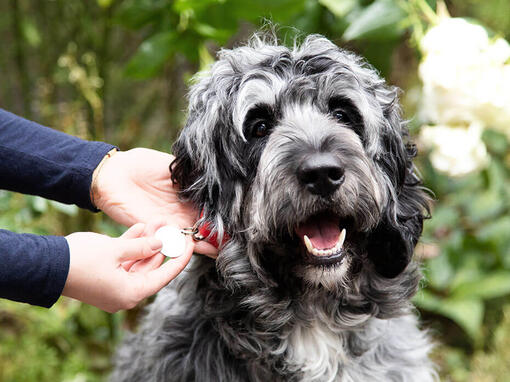History and Origins
Country of Origin: Germany
Descending from larger Nordic herding dogs such as the Samoyed, which were taken to Germany and Holland by the Vikings during the Middle Ages, the German Spitz Mittel is, not surprisingly, the middle sized of the five recognised German Spitz types.
By the 1700’s the German Spitz became a fashionable pet of British society, and were used to produce the smaller Pomeranian (and then later to improve the increasingly tiny Pomeranian then struggling due to its very small size).


